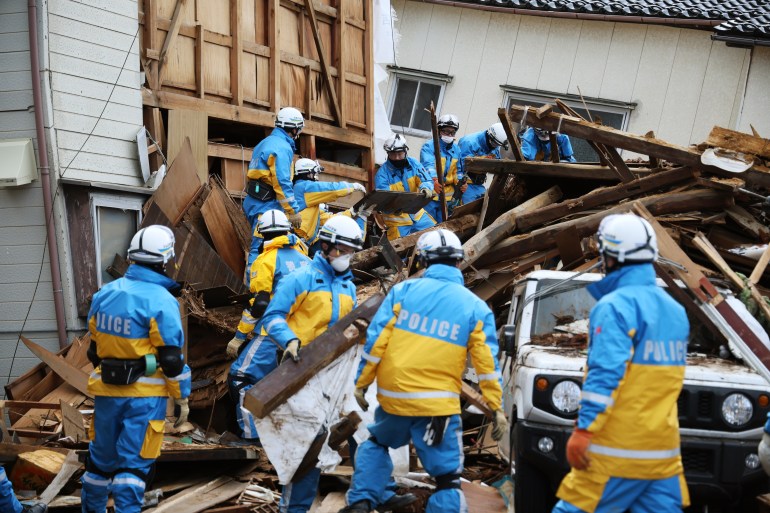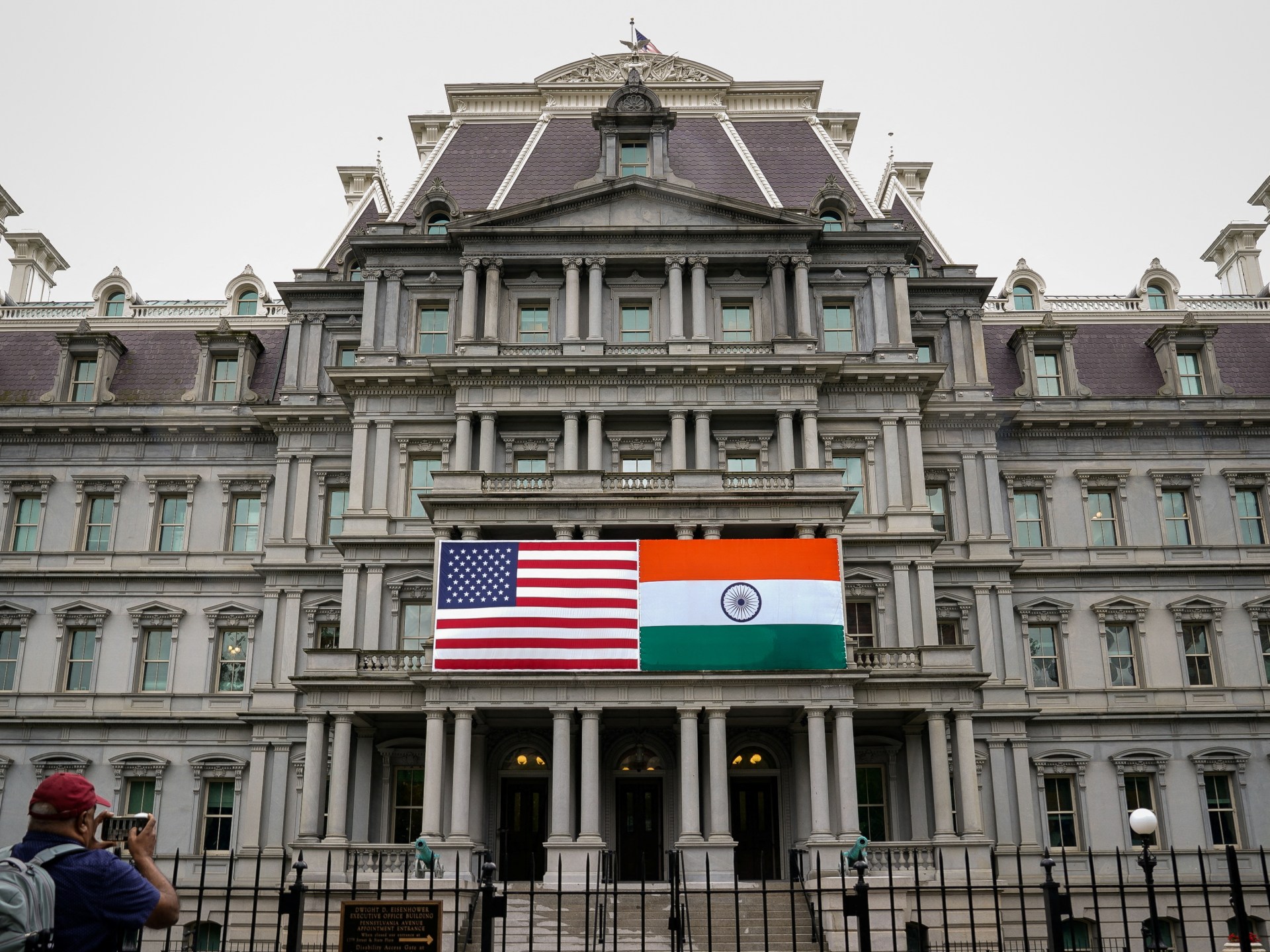
Three days after the earthquake off the Noto peninsula, enormous road damage and bad weather are making relief efforts difficult.
More than 50 people have been reported missing as Japanese rescue workers battle the cold to reach communities still cut off three days after a devastating earthquake hit the country’s west coast.
Since then, at least 78 people have been confirmed dead and 330 injured Magnitude 7.6 earthquake off the Noto Peninsula on January 1, according to local authorities.
On Thursday, officials released a list of 51 people from three cities whose whereabouts could not be confirmed.
More than a dozen communities were cut off.
Soldiers, firefighters and police from across Japan are searching collapsed wooden houses and collapsed commercial buildings for signs of life. Experts say the first three days are particularly critical because survival prospects plummet after that.
“This is a very difficult situation. But from the perspective of protecting lives, I ask you to make every effort to rescue and save as many lives as possible by this evening, when the critical 72 hours of the disaster will have passed,” said Prime Minister Fumio Kishida a government meeting on Thursday.
He announced that the number of troops deployed to the area for rescue operations would be increased from about 1,000 to 4,600.
The narrowness of the hard-hit Noto Peninsula has made it even more difficult to reach some communities. Water, electricity and cell service were still out in some areas.
There have been nearly 600 aftershocks since the mainshock, raising fears of landslides and making rain forecasts an increased risk.
Naomi Gonno said she and her children had just left their home when it collapsed.
Her children screamed for their grandmother and Gonno saw that her mother was trapped under the destroyed house with only her hand visible. She was able to squeeze out through a tiny space, Gonno said.
“I can’t believe we’re still alive,” she said. “We live in fear.”
No water, electricity
In Wajima, where a massive fire ravaged parts of the port and surrounding neighborhood, people lined up to receive water and food.
The quake buckled and tore roads apart, making access to the hardest-hit areas even more difficult.
“Compared to other disasters, the road situation after Wajima is very bad. I feel like it is taking longer than usual for help to arrive,” Shunsaku Kohriki, a medical worker, told Reuters.
“Realistically, I think the evacuees will have to live in really harsh conditions for a while.”
The full extent of the damage and casualties remains unclear four days after Japan’s deadliest quake since at least 2016.

All deaths were reported near the quake’s epicenter in Ishikawa Prefecture. According to officials in the region, more than 33,000 people have been evacuated from their homes and about 100,000 homes have no water supply.
Four of the world’s tectonic plates meet in Japan, making the country special vulnerable to earthquakes.
Hundreds of tremors occur each year, but most cause little or no damage.
Earthquakes have struck the Noto region with increasing strength and frequency over the past five years.
In 2011, Japan’s northeast was rocked by one of the strongest earthquakes ever recorded.
The magnitude 9.0 underwater quake triggered a massive tsunami that wiped out entire communities triggered a core meltdown at the Fukushima nuclear power plant. At least 18,500 people were killed.






Recent Comments